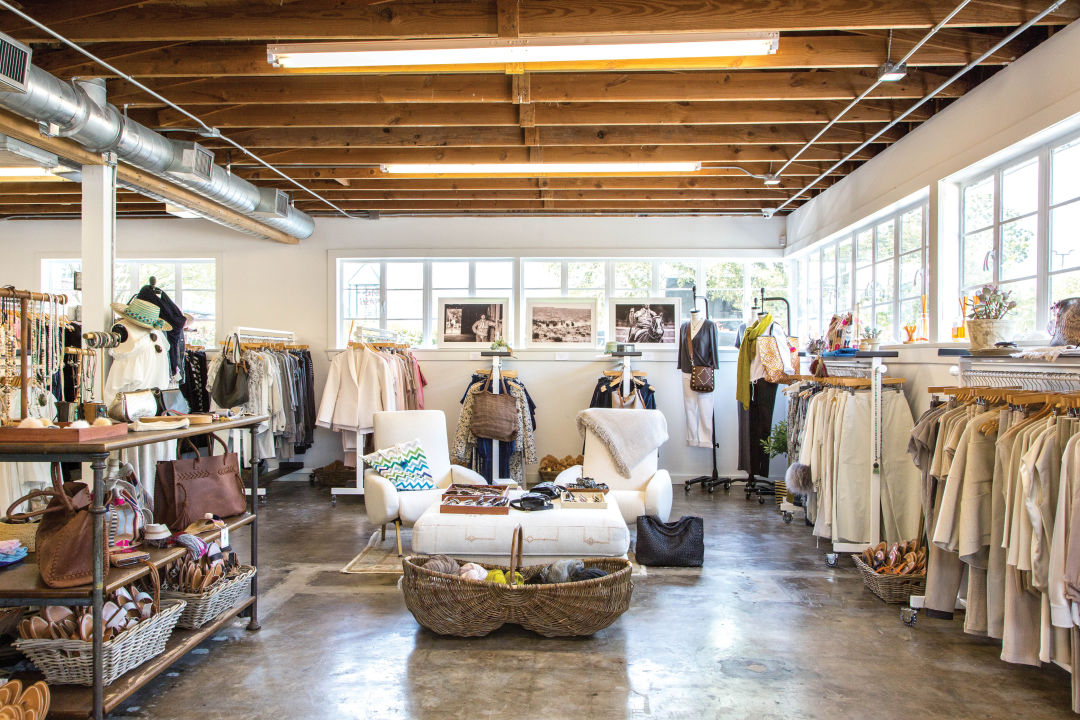The Impact of Social Media on Today's Boutique Fashion Trends
The Impact of Social Media on Today's Boutique Fashion Trends
Blog Article
A Deep Study the Globe of High-Fashion Runways: Comprehending Clothing as Art
Designers, a lot like skillful artists, weave elaborate stories with color, form, and material, challenging conventional standards and redefining elegance requirements. As we explore these sartorial spectacles, we must ponder: what duty does style play in forming societal worths, and how does it mirror the ever-changing tapestry of human emotion and identification?
The Development of Runway Shows
The trajectory of path shows has actually changed substantially over the decades, progressing from exclusive industry occasions to captivating spectacles that mix style with art. Generally, runway shows were intimate events, held in ateliers or tiny venues, mostly attended by customers and sector insiders. These very early presentations concentrated on the garments' workmanship and commercial feasibility, offering a direct and sensible display of seasonal collections.
As the fashion sector expanded, the nature of runway programs began to change. The 1970s and 1980s noted a transforming point, with designers looking for to distinguish themselves with even more theatrical discussions. This period saw the surge of elaborate sets, choreographed designs, and thematic stories, proclaiming a brand-new age where the runway ended up being an experiential platform. The programs changed right into a form of storytelling, where each collection conveyed an unique story or principle.
In recent times, innovation and social media sites have additionally reinvented path programs, making them easily accessible to an international target market. Livestreaming and electronic systems have democratized fashion, allowing enthusiasts worldwide to witness these occasions in real-time (boutique fashion). This advancement mirrors a more comprehensive social shift, where high-fashion runways function as a dynamic crossway of performance, innovation, and design
Designers as Visionary Artists
Designers in the high-fashion sector have obscured the lines between functional garment development and the theoretical realm of art. By embracing creative disciplines such as sculpture, painting, and avant-garde installations, developers craft garments that challenge standard fashion standards and elevate them to art types.
Visionary developers draw inspiration from a myriad of resources, consisting of abstract art, historic recommendations, and individual narratives. They possess a distinct capacity to imagine and appear ideas that press the boundaries of traditional style, commonly redefining aesthetic paradigms at the same time. This creative ingenuity is showcased via dramatic silhouettes, innovative products, and elaborate workmanship, which welcome viewers to experience fashion as greater than simply wearable items.
In addition, the runway acts as a canvas for these artists, where lights, music, and set style coalesce to create immersive experiences. These presentations are not just display screens of clothing however are coordinated efficiencies that stimulate feeling and provoke thought, verifying the developer's function as a real musician in the modern social landscape.
Social Impacts in Fashion
Social tapestry weaves its complex patterns right into the material of style, affecting developers around the world. The dynamic interchange of cultural tales, traditions, and symbols informs and motivates collections that elegance high-fashion runways.
The impact of culture on fashion is commonly seen in the reinterpretation of conventional garments and patterns. For instance, the usage of Japanese kimonos, Indian saris, or African prints in contemporary fashion mirrors a blend of social authenticity and modern aesthetic appeals. Developers such as Valentino's Pierpaolo Piccioli and Alexander McQueen's Sarah Burton have actually been understood to include rich social motifs right into their couture collections, translating history right into wearable art.
-a1f7b3f.jpg)
Innovation in Textile and Style
Technology in material and design continually improves the landscape of high-fashion, pressing limits and redefining opportunities. Developers are progressively exploring the assimilation of innovation, such as 3D printing, which enables for the creation of complex structures that were click to read formerly unbelievable.
The fashion market is witnessing a rise in the use of green materials, acquired from recycled plastics, organic fibers, and even eco-friendly parts. Developers are embracing these materials to craft garments that are both aware and aesthetically striking of their eco-friendly footprint.
In regards to style, experimental forms and progressive silhouettes are continually reinventing the runway. By including cutting-edge methods and non-traditional products, designers grow garments that obscure the line between style and art, establishing brand-new criteria for creative thinking and expression in the high-fashion sphere.
Effect of Style on Culture
Fashion possesses a profound impact on society, offering as both a reflection of social identification and a stimulant for social adjustment site (boutique fashion). Through its evolution, fashion has actually mirrored social changes, encapsulating the zeitgeist of numerous ages.
Additionally, style has the power to bridge social gaps, promoting understanding and appreciation amongst diverse teams. As globalisation accelerates, the cross-cultural exchange of style ideas comes to be significantly substantial, advertising inclusivity and diversity. The surge of streetwear, originating from city subcultures, shows just how fashion can go beyond socio-economic boundaries, approving people a means of self-expression and empowerment.
In essence, fashion is not just concerning looks; it is a vibrant force that affects worths, mindsets, and social progress (boutique fashion). By constantly communicating with social and social currents, style remains an essential part of the cumulative human experience

Conclusion
Developers, akin to visionary artists, orchestrate collections that mirror identification, emotion, and social narratives, testing this link typical looks. This crossway of style and creativity not just captivates target markets worldwide but additionally affects societal understandings and advertises a deeper appreciation for social diversity.

Cultural tapestry weaves its intricate patterns into the textile of style, affecting designers around the world.Style wields a profound impact on culture, offering as both a reflection of cultural identification and a stimulant for social change.
Report this page